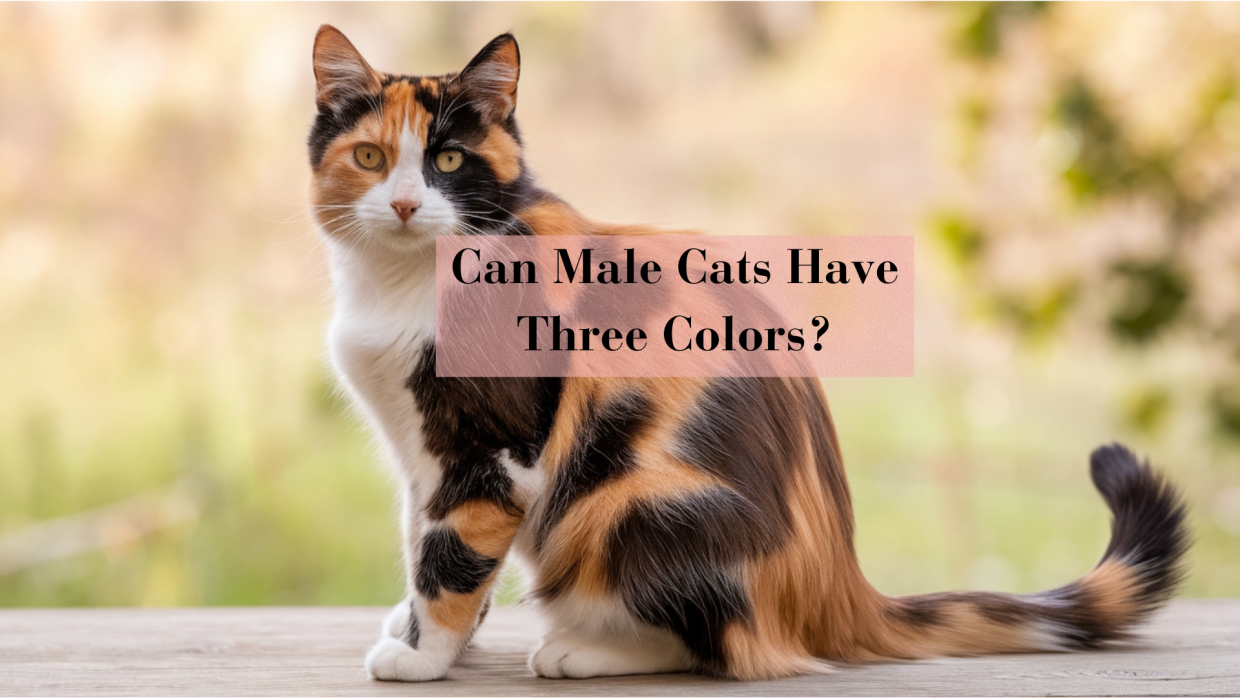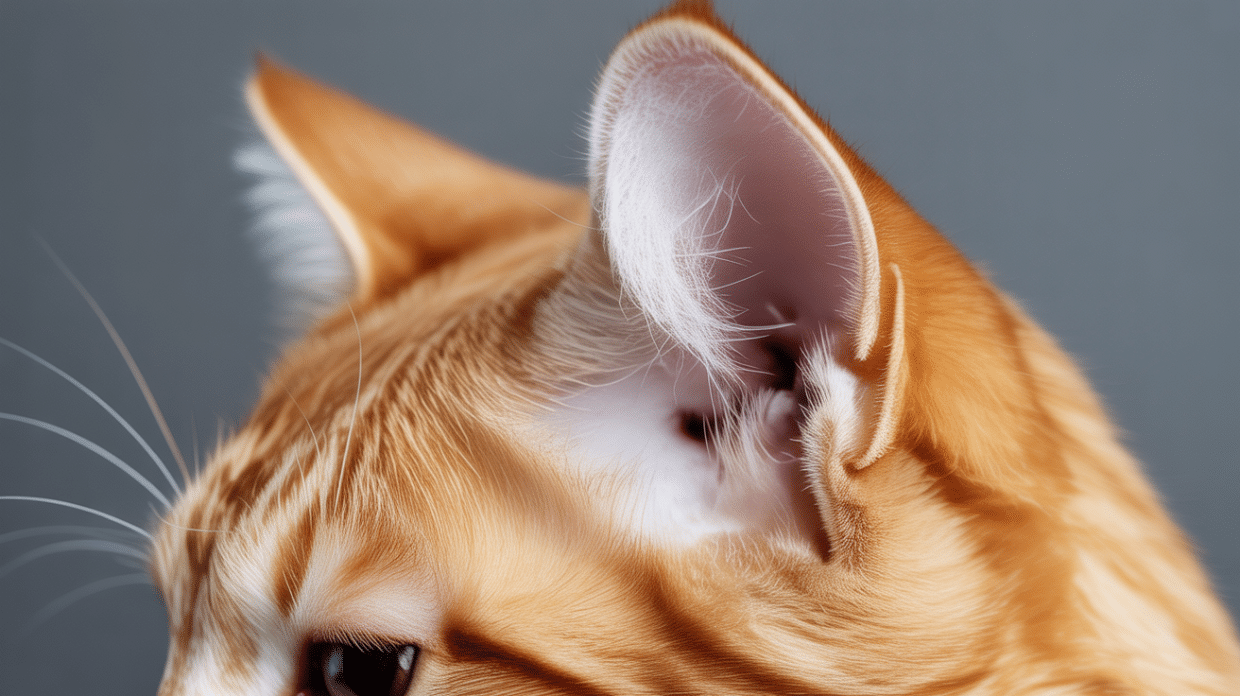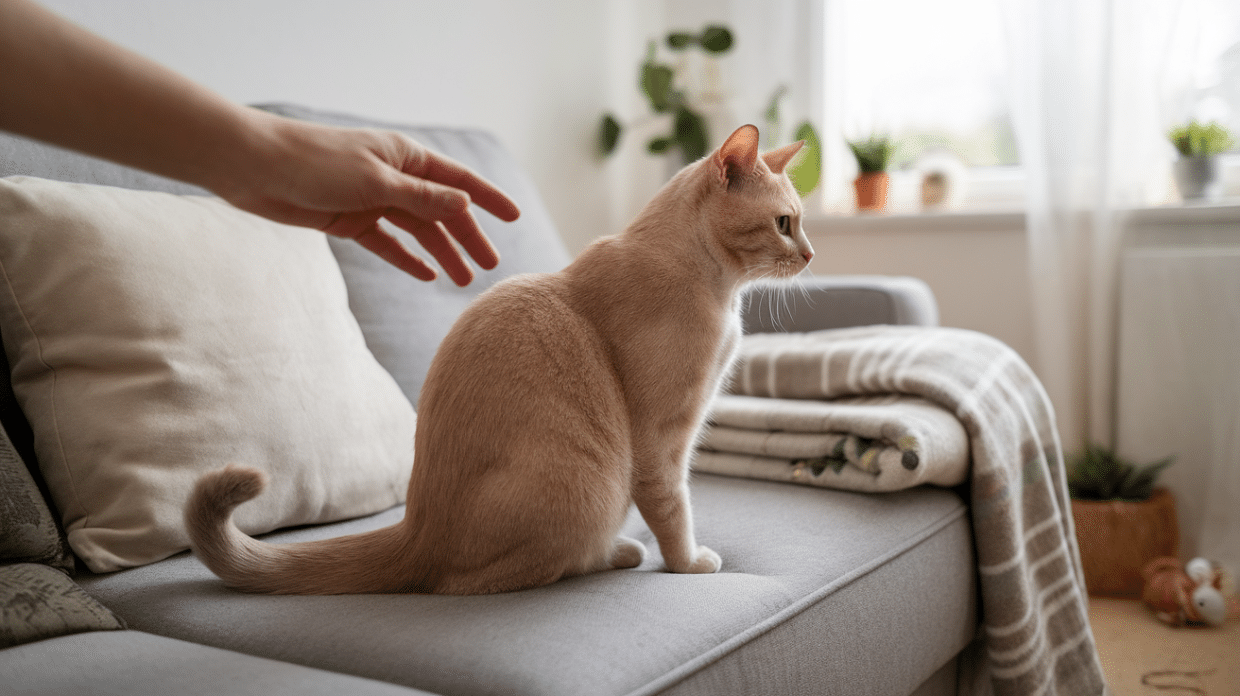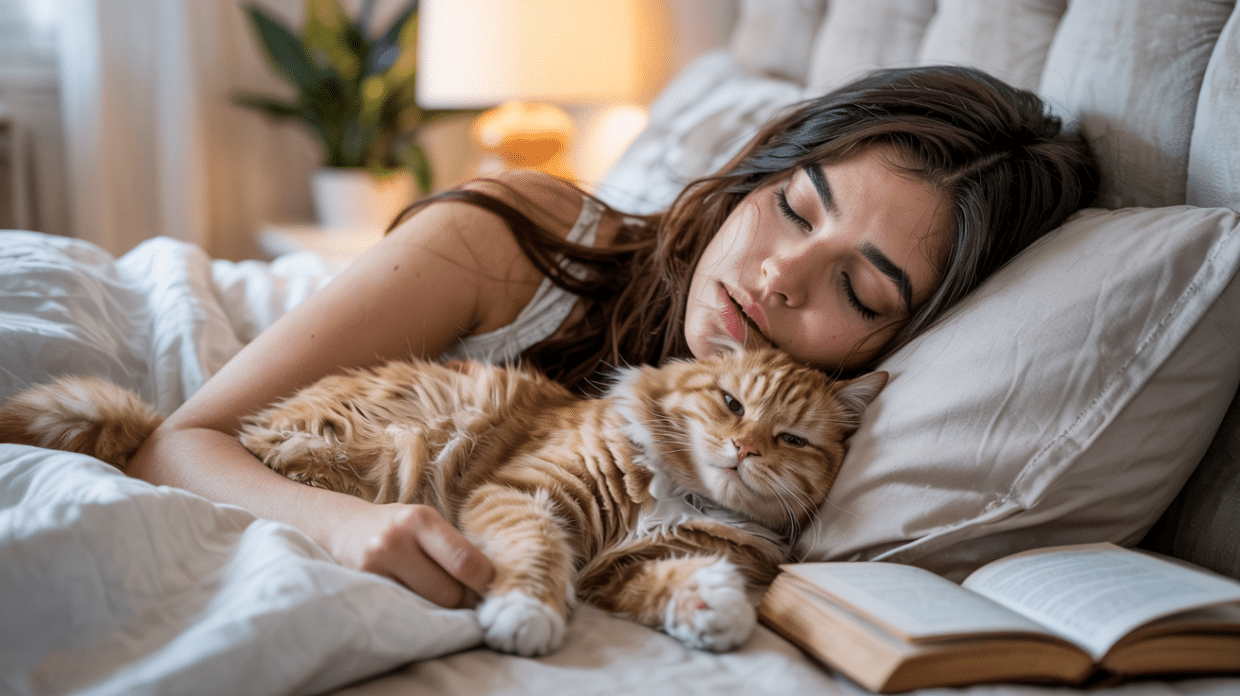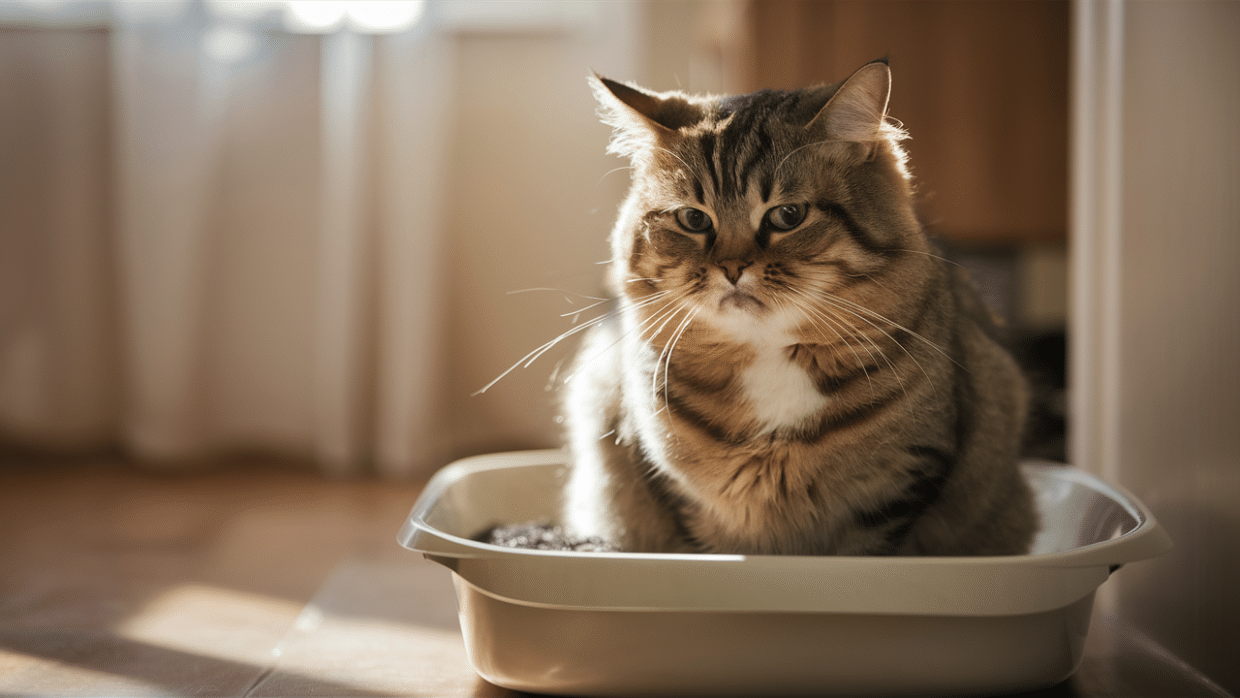When you spot a cat with three distinct colors in its coat, chances are you’re looking at a female.
This isn’t just a coincidence – it’s genetics at work. The genes determining a cat’s orange and black fur colors are on the X chromosome.
Female cats, with their XX chromosomes, can express orange and black colors (plus white, which is entirely on a different chromosome).
Male cats typically have only one X chromosome (XY), which limits them to either orange OR black coloration.
However, male calico cats do exist in very rare cases. These special males have an extra X chromosome (XXY), a condition called Klinefelter syndrome.
This genetic abnormality allows them to display the tri-color pattern but also causes them to be sterile.
Keep reading to learn more!
The Science Behind Cat Coat Colors
Cats’ coat color is directly tied to the X chromosome.
Female cats have two X chromosomes (XX), allowing them to display orange and black colors in their fur.
Male cats, with their XY chromosome pair, typically have only one X chromosome and can express only one color gene—orange or black.
This simple genetic difference explains why most cats with multiple colors are female, while males usually show just one base color (which may also include white patches).
This chromosomal difference is why nearly all tricolor cats you encounter are female.
Why are Most Tri-Colored Cats Female?
Most tri-colored cats are female due to basic genetic facts.
The genes for orange and black fur colors are on the X chromosome.
Female cats have two X chromosomes (XX), allowing them to express orange and black colors simultaneously in their coats.
Male cats typically have only one X chromosome (XY), meaning they can only express orange or black – not both.
The white color in calico patterns comes from a separate gene unrelated to sex chromosomes and can appear in cats of either gender.
When Can a Male Cat Have Three Colors?
While extremely rare, male cats can display tri-colored coats through specific genetic conditions.
These special males defy the usual color rules that limit most males to just one base color.
Klinefelter Syndrome (XXY Chromosome): The Main Reason
Male cats with Klinefelter syndrome have an extra X chromosome (XXY) that can carry orange and black color genes.
This genetic anomaly enables the calico or tortoiseshell pattern but has drawbacks – these cats are always sterile and may experience various health issues throughout their lives.
Chimerism: A Rare Genetic Phenomenon
Chimerism occurs when two embryos fuse in the womb, creating a single cat with cells containing different genetic makeup.
This fusion can result in a male cat with some cells expressing orange fur and others expressing black, producing a pattern that resembles the classic calico look without the XXY chromosome configuration.
Mosaicism: Random Genetic Mutation
In mosaicism, some cells in the cat’s body spontaneously develop an extra X chromosome while others maintain the normal XY pattern.
This creates patches of differently colored fur throughout the cat’s coat, allowing a male to display multiple colors without having Klinefelter syndrome affecting all cells.
How Rare are Male Cats with Three Colors?
Male cats with three distinct colors are the feline world’s unicorns.
Only about 1 in 3,000 calico or tortoiseshell cats are male, making them extremely uncommon finds.
This rarity stems from the genetic conditions required to produce a tricolored male cat.
The scarcity of these cats makes them quite special, but there’s also a reproductive limitation to consider.
Male calico cats cannot pass their unique color pattern to offspring because they are almost always sterile.
The same genetic condition (typically Klinefelter syndrome) that gives them beautiful coat colors also affects their reproductive capabilities, preventing them from fathering kittens with similar patterns.
This combination of rarity and sterility makes male calico cats genetic dead ends, though they remain fascinating examples of feline genetic exceptions.
Are Male Calico Cats Healthy?
Male calico cats face several health challenges related to their unusual genetics.
The XXY chromosome pattern that allows them to display three colors can also affect their overall health.
These cats often have weaker immune systems than normal XY male cats, making them more susceptible to infections and illnesses.
Beyond immunity issues, male calicos typically experience complete infertility due to improper reproductive development.
They may also develop other physical problems, including lower bone density, increased body fat, and various metabolic issues.
These cats can require more attentive veterinary care to manage these potential health complications.
While many male calicos can still live relatively normal lives with proper care, their genetic condition does put them at higher risk for these health concerns.
Conclusion
Cat coat colors showcase nature’s fascinating genetic rules in action.
While female cats readily display three colors due to their XX chromosomes, male cats with their XY structure rarely do.
The rare male calico exceptions occur through specific genetic mutations like Klinefelter syndrome, chimerism, or mosaicism – all uncommon conditions that allow males to break the usual color rules.
These genetic oddities remind us that nature occasionally creates exceptions to even the most reliable patterns.
Whether your feline friend sports one color or many, each cat’s coat tells a unique genetic story.
The beauty of cats extends far beyond their coloration, making each one special regardless of their chromosome configuration.
Frequently Asked Questions
Male Calico Cats are Worth More?
They’re rare but not valuable for breeding. Their sterility means they can’t produce offspring with similar coloration.
Male Cats with Three Colors can Reproduce?
False. Male calicos with Klinefelter syndrome (XXY) are sterile. They cannot father kittens.
Calico Males are Less Healthy?
Often true. Their genetic condition can lead to health issues not seen in typical male cats.
Three-colored Males are Good Luck?
It’s just a myth. While calico cats are considered lucky in some cultures, a cat’s color doesn’t affect its luck-bringing abilities.

